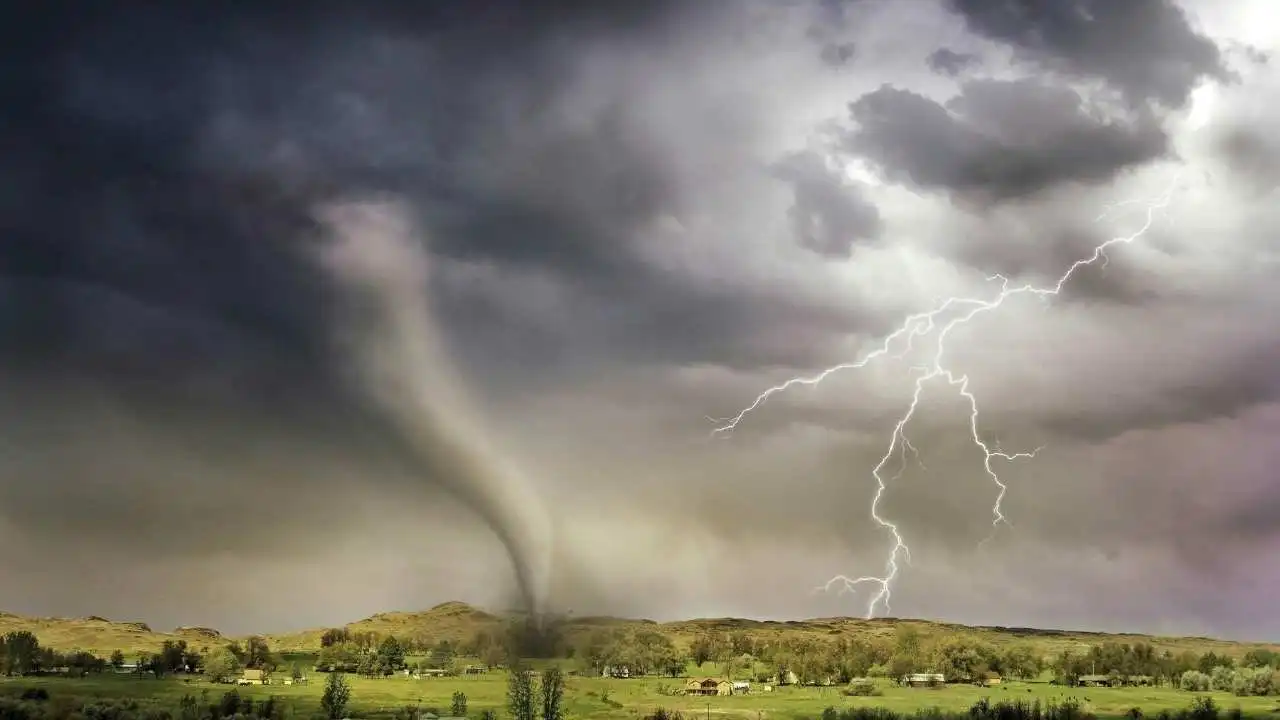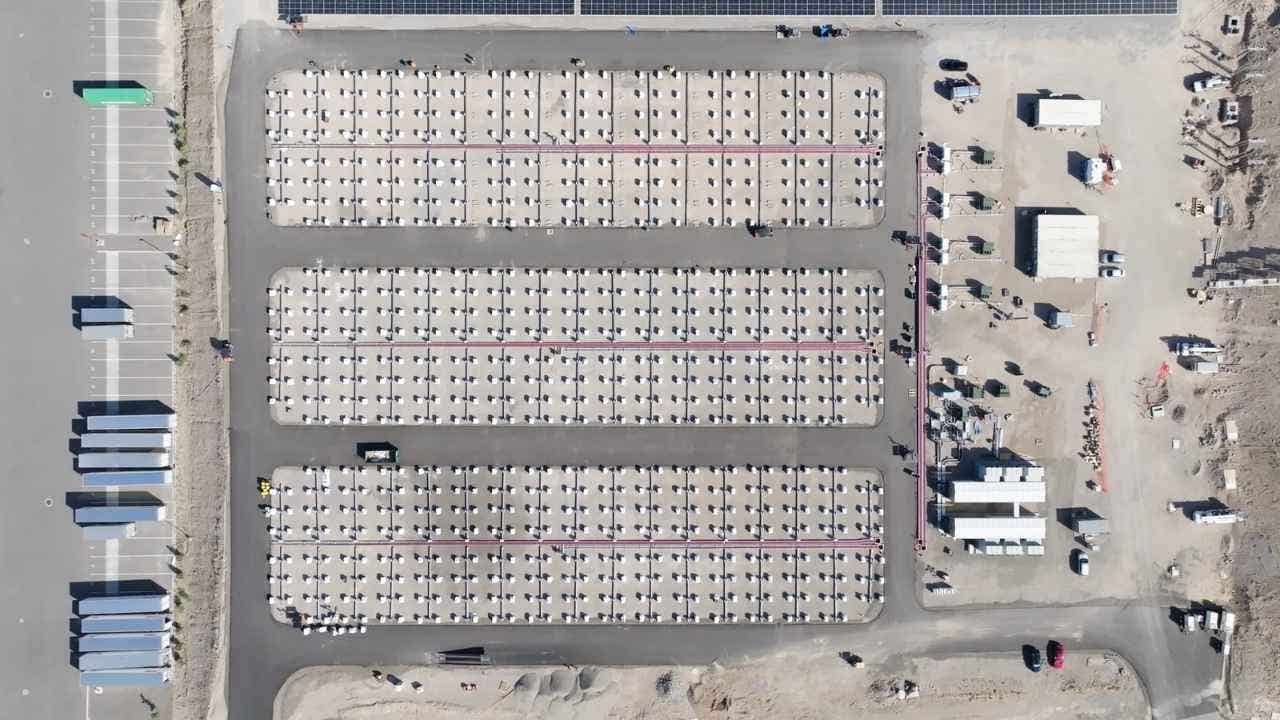Researchers found a tree in the Amazon nearly as tall as the Statue of Liberty

The current14:09A quest to find the tallest tree in the Amazon
Read transcribed audio
When Brazilian forest engineer Eric Bastos Görgens stood at the foot of an Amazon tree he had been exploring for three years, he couldn’t help but think about the size of the tree – and its size in comparison.
“The first idea that came to my mind was how small I am [and] the feeling of how small we are in the face of such a mighty nature,” he said The current guest hostess Susan Ormiston.
The tree in question, which belongs to the species Dinizia excelsaovershadows the rest of the surrounding Amazon rainforest. While a tree of the species typically grows 50 to 60 meters tall, this tree is 88.5 meters tall – almost as tall as the Statue of Liberty.
“This is what initially impressed us,” he said. “We expect the forest canopy to reach 150 feet in their range.”
“Looking at the literature… some researchers are citing heights of about 60, 70 meters, but nothing like 88 meters as we’ve found. So double the average canopy.”
WATCH: Drone footage of the Amazon tree
The team finally reached the GPS position they had been aiming for. And there was a giant tree. But was it the right one? Read the full story here: https://t.co/PjPFwAVHJv pic.twitter.com/2lKWz410CV
The tree was in a remote part of the forest and it was unlikely that anyone had seen it before Görgens’ expedition.
It took Görgens and his team of 19 other researchers eight days to get from Laranjal do Jari, Brazil, to the tree in September 2022. They braved violent river rapids and made long treks through the dense forest and over mountain ranges.
But it was all worth it in the end. “It’s a real majesty,” Görgens said.
Their journey to the tree was documented and published by the magazine Nature earlier this month.
A second chance
Although the tree had only been seen in person last fall, Görgens already knew of its existence in 2018.
At the time, Görgens was studying elevation measurements of the forest collected by a Cessna aircraft. According to Nature, the place had a lidar device that would emit laser pulses and measure the time it took for those reflections to return, creating a 3D portrait of the forest.
“So during processing we can calculate and determine the height of the vegetation on this property,” he said. “And at that time we discovered some big trees in the Amazon.”
Gorgens and his team reported the discovery in 2019 – the same year they embarked on their first expedition to see the tree in person.
“Everything was very complex at the beginning because the tree is in a very remote area of the Amazon forest,” he said.
“We [didn’t have] any clue on how to get it [to] It. So I started getting in touch with colleagues who work at the Amazon and trying to figure out the best way to approach that tree.”
In this way it eventually became a long, multi-day journey by boat and on foot. Unfortunately, they had to turn back after two days – only three miles from the tree.
“This decision was safer, but it was terrible to make that call because we are very close to the tree,” he said.
“Everyone was very tired and we had a medical situation … so we had to call this one to abort the mission and plan to do it again later.”
Görgens said the first expedition helped them better prepare for the second mission in September, but it was still a complex journey nonetheless.
“[Every] time you go to the woods… is a surprise box,” he said. “So you need a lot of good moods to take on all the challenges ahead.”

An Expedition for Science
Part of the reason Görgens made the expedition to the tree is to collect samples. These samples allow them to analyze the age of the tree and its capacity to store carbon.
Görgens said this tree and other trees in the area are currently under threat from human activities and extreme drought, putting the trees under great pressure.
WATCH: What awaits the Amazon under President Lula?
January 2, 2023 | New year, new chairman; Brazil vowed to Luiz Inácio Lula da Silva on January 1, 2023. Andrew Chang talks to international climate producer Jill English about what lies ahead for Lula in the fight to protect the most biodiverse place on Earth.
“Can you imagine how difficult it is for a tree to take water from the ground… and move this water to the upper part of the canopy, especially when you are 88 meters high?” he said.
“When we face increasingly extreme climate events, we put a lot more stress on those trees, that the tree will die and fall.”
Still, Görgens is optimistic, partly because Brazilian President Luiz Inácio Lula da Silva is promising to protect more of the Amazon forest. Former President Jair Bolsonaro was widely criticized for allowing large swathes of the Amazon to be cleared, cut down and burned during his tenure.
“Our moment is much better than a few years ago, and I believe we will return to discuss and to set the environment [an] another important talking point in our society,” he said.





